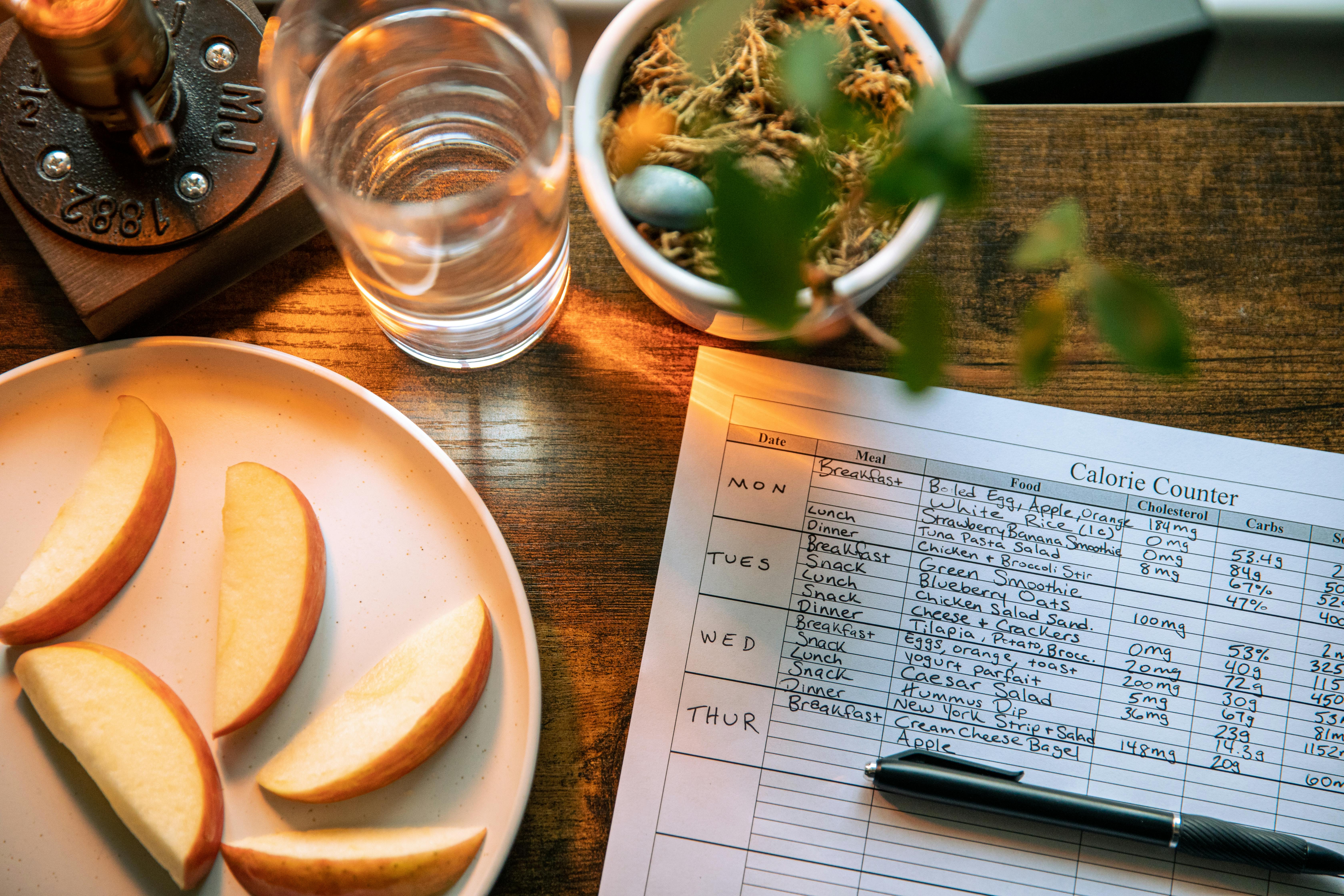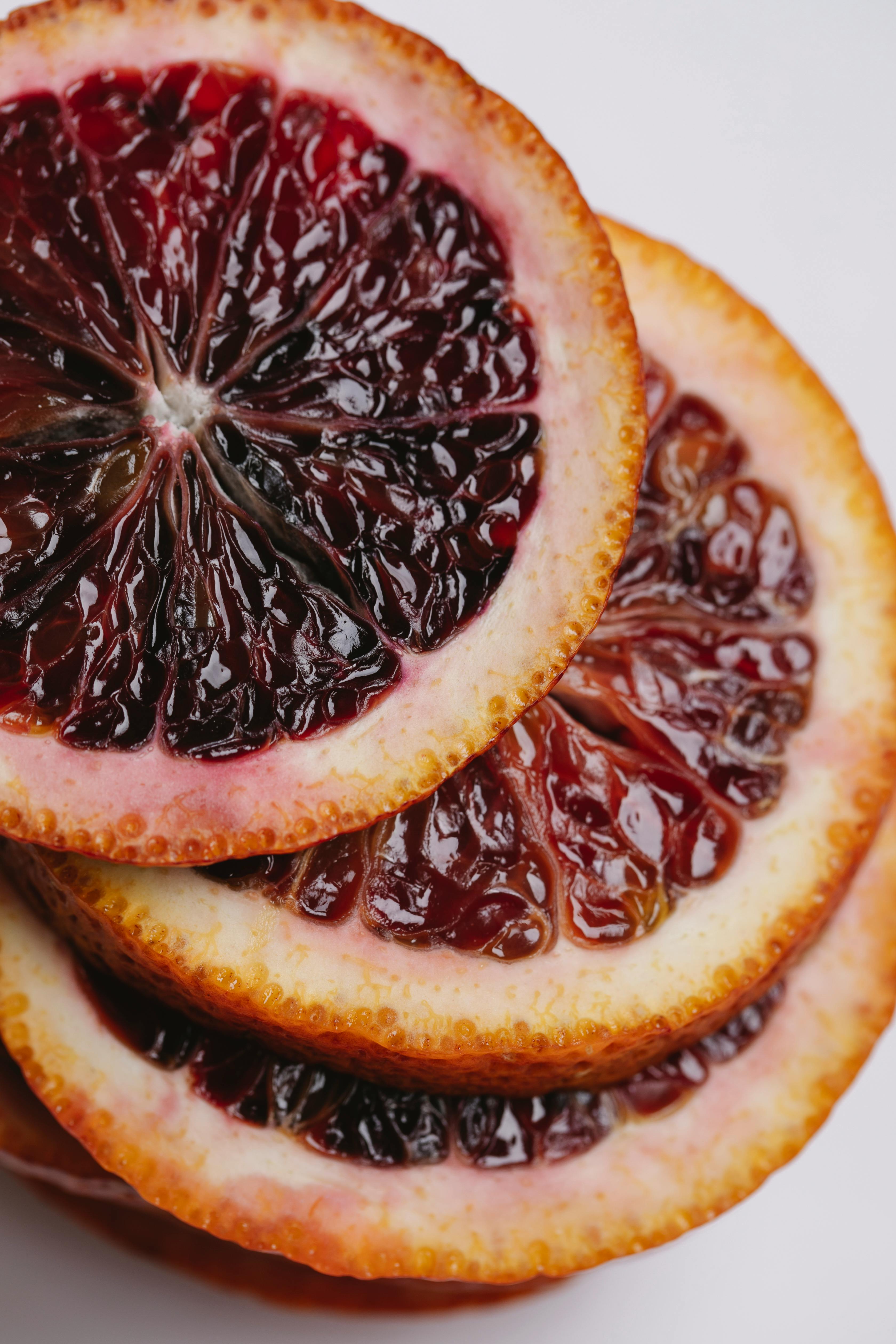
Apply Now
Understanding Interstitial Cystitis and Its Dietary Implications
Interstitial cystitis (IC) is a chronic condition characterized by bladder pain and frequent, urgent need to urinate. Many patients struggle with managing their symptoms, which can include pelvic pain, pressure, and bladder irritation. A crucial aspect of managing interstitial cystitis is understanding the strong connection between diet and symptoms. Studies have shown that certain foods and dietary practices can either exacerbate or relieve symptoms of interstitial cystitis, leading to a tailored approach specifically for bladder health. Beneficial dietary adjustments can significantly improve the quality of life for those living with IC. This article aims to outline effective ways to manage interstitial cystitis through a well-structured diet, detailing the foods to embrace and those to avoid, the importance of hydration, and nutritional guidelines tailored for IC sufferers. Key takeaways include: - Understanding which foods are supportive of bladder health. - Importance of a personalized interstitial cystitis meal plan. - Practical usage of supplements and hydration strategies for symptom relief.Effective Meal Planning Strategies for Interstitial Cystitis
Planning your meals around the symptoms of interstitial cystitis is essential for managing your health and well-being. Creating a structured interstitial cystitis meal plan involves considering both foods that can trigger flare-ups and those that promote bladder health. One practical approach is using an elimination diet to identify personal food triggers, paired with supportive foods that mitigate symptoms.Designing a Personalized Interstitial Cystitis Meal Plan
A personalized interstitial cystitis meal plan should prioritize low-acid foods, fiber-rich ingredients, and hydration. Start by documenting foods that trigger symptoms in a food diary. This practice helps track your diet alongside symptom relief. Once you’ve established your triggers, substitute those items with bladder-friendly alternatives that are less harsh on the bladder wall. Foods like bananas, melons, and white rice are often gentle on IC symptoms, while caffeine, spicy foods, and carbonated beverages should be avoided. Incorporate anti-inflammatory foods like fatty fish, turmeric, and green leafy vegetables to provide additional bladder support.Understanding IC Safe Foods
Designating IC safe foods is critical in managing impacts on bladder health. Examples of IC safe foods include: - Lean proteins like chicken and turkey. - Non-citrus fruits, such as pears and apples. - Vegetables that are low in acid, like carrots and spinach. These foods contribute to a bladder-friendly diet while ensuring your nutritional needs are met. Be mindful of cooking methods; steaming and baking are preferable to frying, as they retain more nutrients and avoid irritating ingredients.Hydration Strategies for Interstitial Cystitis
Effective hydration for interstitial cystitis involves not only fluid intake but also the types of fluids consumed. It is crucial to drink water throughout the day to dilute the urine and reduce irritation in the bladder. Aim for a minimum of 8-10 glasses of water per day, adjusting based on physical activity and climate. However, patients should avoid beverages with high acidity or irritants, like coffee, alcohol, and soda. Instead, consider adding herbal teas or infusing water with IC-friendly fruits to enhance hydration without aggravating your symptoms.Foods to Avoid for Interstitial Cystitis
Identifying foods to avoid is just as crucial as knowing which foods are safe. Common food triggers for interstitial cystitis include: - Tomatoes - Citrus fruits - Caffeine and alcohol These foods can irritate the bladder and worsen symptoms. Keeping a detailed list of personal triggers will enhance the effectiveness of your diet, enabling you to create meals that promote comfort.The Bladder Health Diet: Inflammatory Foods to Consider
An inflammatory diet can significantly affect interstitial cystitis symptoms. Focusing on anti-inflammatory foods while eliminating those that may promote inflammation is crucial for symptom management.Incorporating Anti-Inflammatory Foods
Incorporating anti-inflammatory foods such as Omega-3 rich fatty fish, nuts, and legumes into meals can help alleviate inflammation. Foods rich in antioxidants, like berries and leafy greens, should also be staples in your interstitial cystitis diet. These foods support not just bladder health but overall well-being.Supplementing for Bladder Support
Certain dietary supplements may further enhance bladder health in IC patients. Probiotics, for example, help maintain gut health which is intricately tied to chronic pain conditions, including interstitial cystitis. Building a healthy gut flora can assist in reducing systemic inflammation and improving symptom patterns.Tracking Your Dietary Impact on Interstitial Cystitis
Monitoring food intake and symptoms through a journal can empower you to understand the connection between diet and IC. Document episodes of pain and discomfort alongside daily food consumption will help identify patterns that are beneficial or harmful, allowing you to make informed dietary choices.Finding Comfort: Dietary Modifications for Lifelong Management
Dietary modifications play a pivotal role in the holistic management of interstitial cystitis. Employing various strategies can relieve symptoms and improve overall quality of life.Mindful Eating Practices
Integrating mindful eating into your daily routine can enhance your awareness around food choices. Taking time to enjoy meals allows better digestion and could help recognize how various foods affect your bladder symptoms. Techniques include chewing food slowly and avoiding distractions during meal times.Comfort Foods Under Dietary Restrictions
Creating comfort foods that align with dietary restrictions can provide mental relief during challenging times. Dishes like oatmeal with cinnamon and non-citrus fruits, or soups made with low-acid vegetables, can serve as soothing options. Ensuring these meals are high in nutrients while being gentle on the bladder will help you manage stress around eating.Group Strategies and Community Support for IC Management
Utilizing support groups can help share knowledge and experiences regarding diet for IC management. Connecting with other patients may illuminate potential dietary strategies that have worked for others, thereby helping you navigate your eating habits more effectively.Conclusion: Emphasizing a Lifestyle of Dietary Awareness for IC
Understanding the relationship between interstitial cystitis and diet can significantly influence symptom management strategies. By adopting a combined dietary approach and emphasizing hydration, food logging, and supportive community networks, patients can achieve a better quality of life. Continued exploration of foods that heal rather than hurt will empower IC sufferers to regain control over their health.
